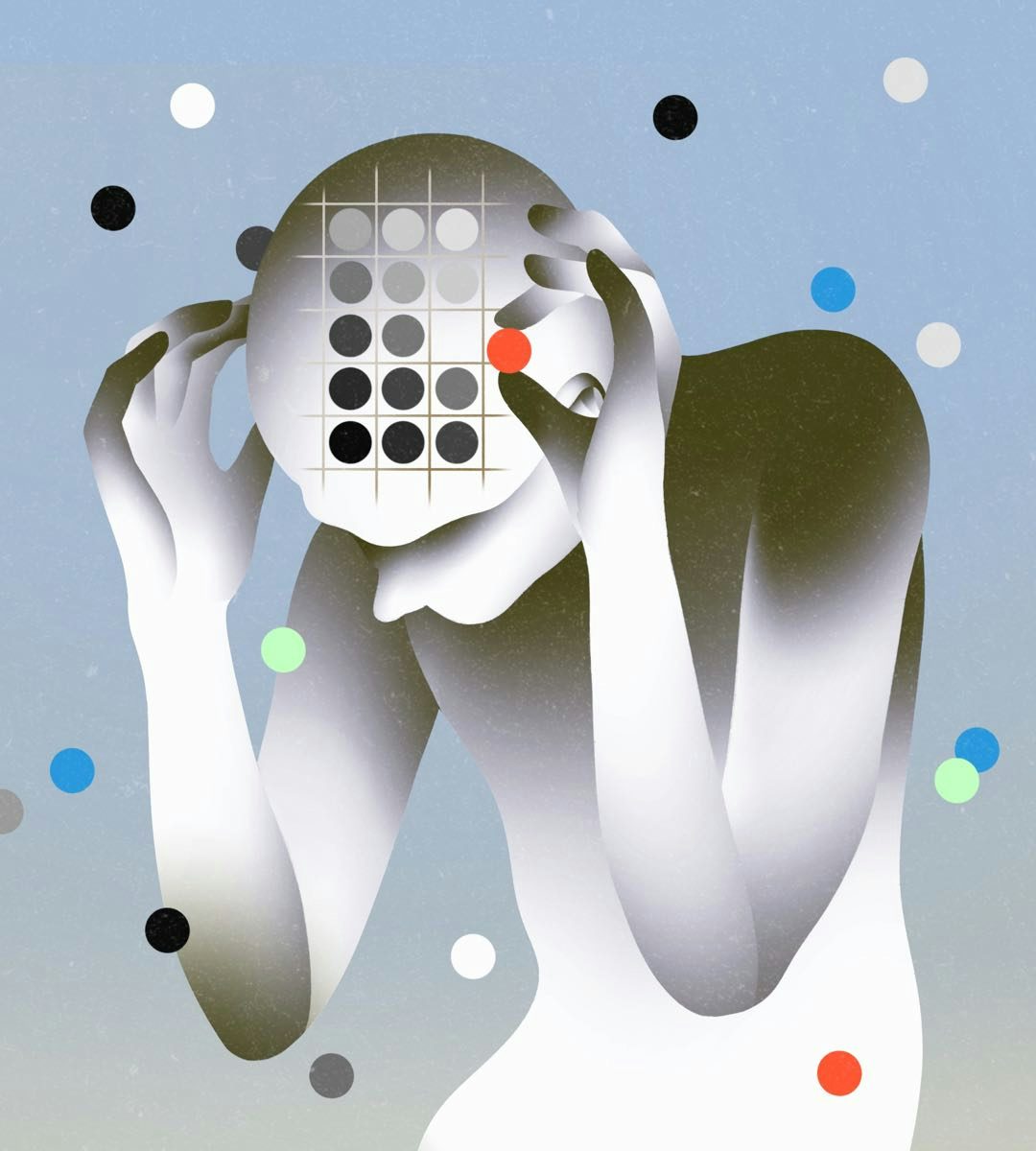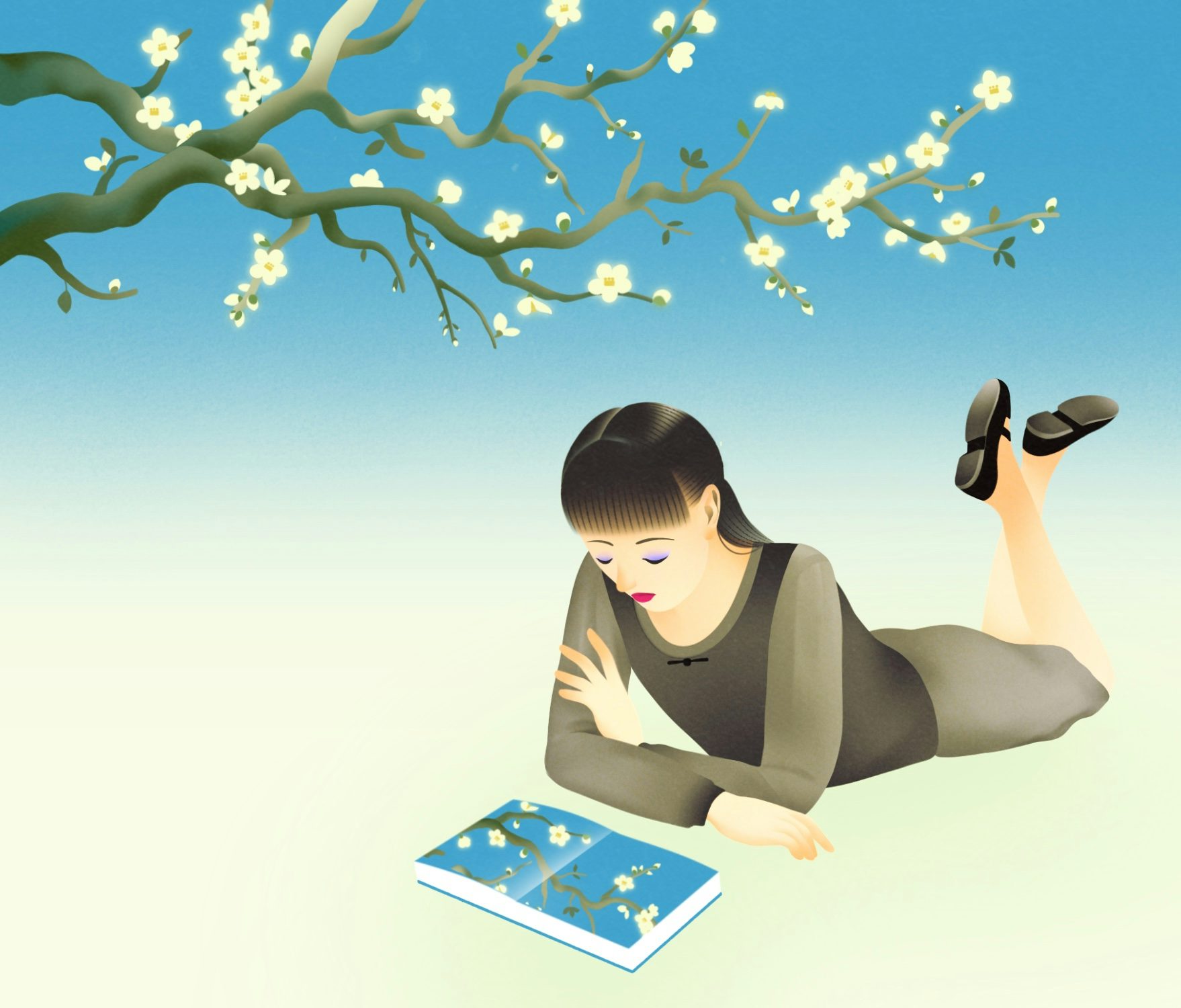Ard Su on illustrating the serious stuff
The New York-based illustrator is often called upon to visualise complicated themes and concepts, from technology and medicine to human rights and social issues
Born in Shanghai, Ard Su has created work for a range of editorial platforms, such as the New York Times, the New Yorker and Bloomberg Businessweek. Her intention as an illustrator is to make difficult topics engaging, she says, providing an eye-catching entry point to the subject matter or theme of a given article.
With this variety of subjects comes a variety of approaches and her visual techniques include employing metaphors, comparisons, or reimagining familiar forms in unexpected ways, she explains.
“I’m also interested in the potential of simple shapes; how they can take on different meanings depending on the context of each image.”

Su now works within an interesting area of editorial illustration. Many of her commissions are “concept-heavy” or “hard boiled”, she explains, and her process is “idea-driven, with a strong focus on conceptual thinking”. As a result, while her work often depicts the coolness of the serious subjects she’s asked to convey, it is often rendered in a soft-edged, approachable way.
“I use Procreate and sometimes Photoshop,” Su explains. “I have only worked digitally. Very occasionally, I play with ink and paper and doodle.”

Su left Shanghai in 2019 to take a one-year masters programme at Maryland Institute College of Art in Baltimore and remained in the city for another year before moving to New York in 2021. Early on she took influence from the work of editorial illustrators she saw sharing their work on Chinese social media, including Victo Ngai, Lisk Feng and Jun Cen.
“Before discovering their work, I mostly associated illustration with anime or concept art for games and movies,” says Su. “I had no idea there were so many other possibilities for illustration. The work I saw is smart and versatile at handling different topics. I was fascinated and inspired to give it a try.”


In 2020, the student work Su created while at MICA attracted the attention of art director Aviva Michaelov at the New Yorker (now the magazine’s digital design director) and she was asked to produce a full-page illustration for a short story called Face Time by the celebrated US writer Lorrie Moore.
“The illustration had a detached yet emotional feeling, which is something I’m good at rendering,” Su says.

Su’s artwork depicts a woman sitting on the floor looking at a tablet, the screen of which leads down through to an image of a person propped up on a hospital bed. The rendering of the drawing is different to her style of today (while digital, her hand is more visible in the lines and the colours are flatter; the core idea of ‘tech’ as a gateway is central to the overall idea).
In the five years since this initial job, Su has worked on many commissions where tech is a significant part of the story, be it spy satellites or AI. “I like a ‘brief’ brief,” she says. “A working title with a summary is all I need.”
But how does she approach these “hard boiled” subjects? And are they harder work than illustrating an article that is more upbeat in nature?


“Take an essay that discusses the side effects and potential risks of a newly released drug,” she says. “The article itself is serious, academic and filled with technical terminology. It might seem unapproachable to readers who don’t work in the field. [So] as an editorial illustrator, I use creative visuals to make the reading experience more accessible and inviting.”
Su says that she might then attempt to “visualise the concept in a clever way or create an emotionally resonant scene”. The illustration, she suggests, is similar to a title that hooks the reader in – a device that “helps summarise the article and spark [the] reader’s interest”.
If anything, Su says, it’s the more ‘lifestyle’ subjects that are most challenging for her to work on. “Topics about people happily enjoying life aren’t really my strong suit,” she adds.


Similarly, the move to use more animated work on various online platforms, including the New York Times, isn’t necessarily something that Su feels suits her work – or the subjects she is illustrating. “I sometimes do simple GIFs if the art director asks,” she says. “But to be honest, I’m not a big fan of this extra touch.
“Many of my works are detached and introspective, and not all types of animation work with my style. Sometimes, adding a bit of movement makes them appear more lively, even chipper, but that’s not really what I’m aiming for.”
That said, in addition to illustrating articles on everything from Ozempic and the gender pay gap, she has also worked on a wide range of charming portraits (including one of Judy Garland), a series of comic art-style spot illustrations, and supplied engaging illustrations for numerous book reviews.

Despite the weighty concepts she is often asked to illustrate, Su says she works fast and the tricky subjects don’t necessarily make for a difficult creative process. “For editorial illustrations, we usually need at least three different sketches, and it often takes me about an hour to finish the brainstorming,” she says.
“What takes more time is translating those ideas onto the canvas. The process from sketch to final artwork is less smooth. It can take a few hours, if I’m lucky, or sometimes a full day or two.”
Given the wide range of contemporary subjects that Su often covers, what’s particularly appealing about her work is the fact that the human figure is ever-present, amid the glow of screens, machines and other shiny surfaces that pepper her unique illustrations.





